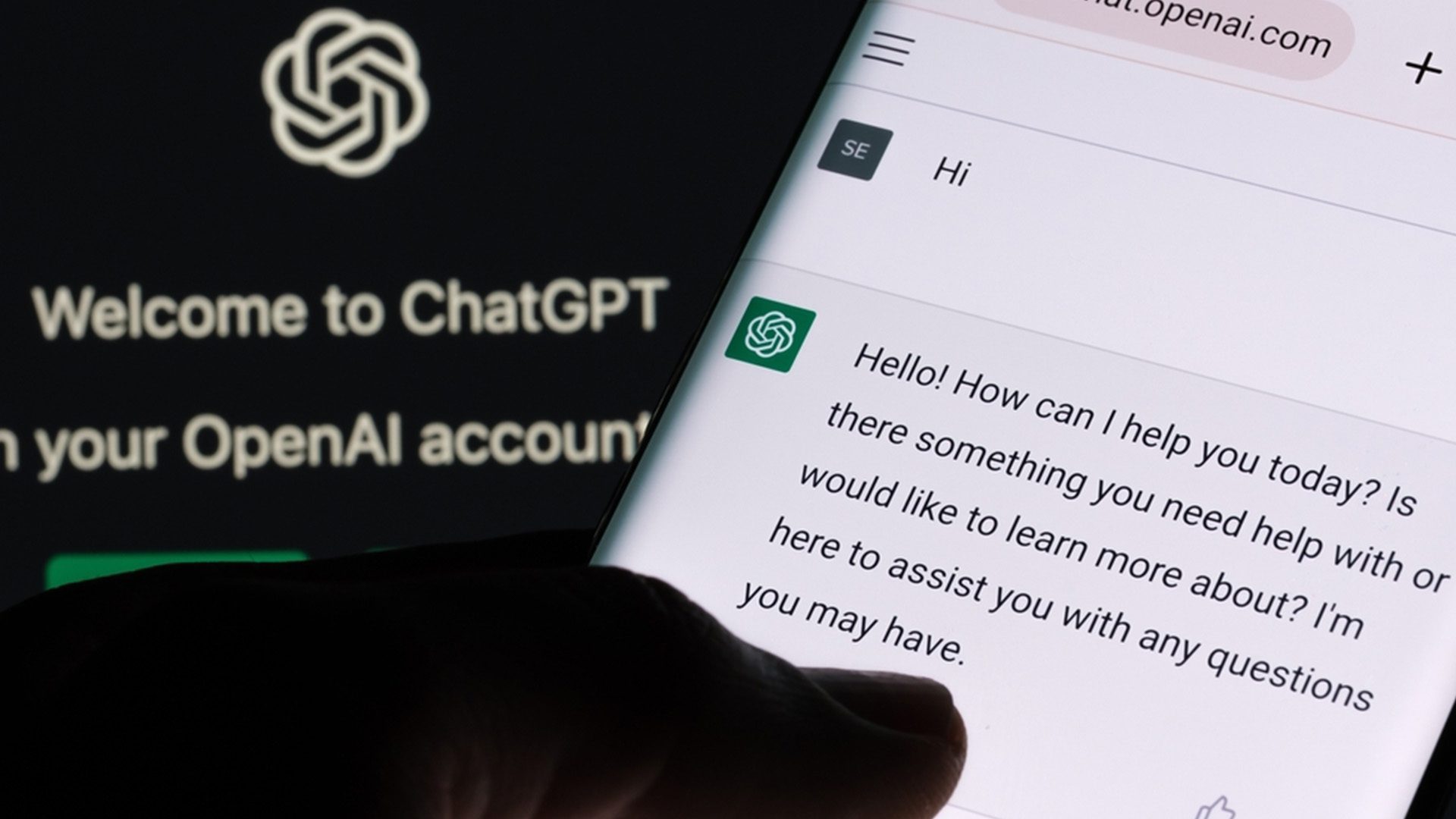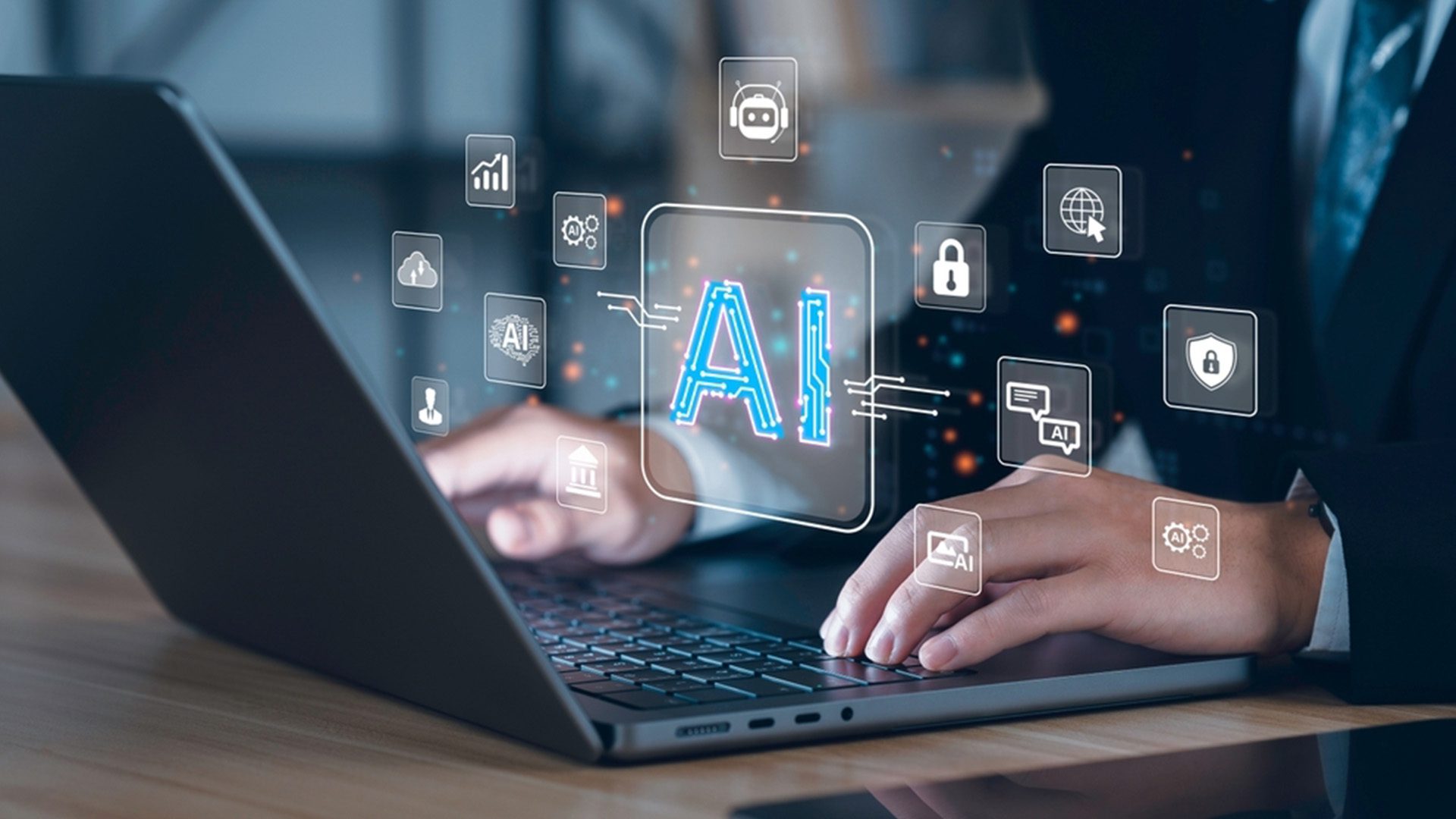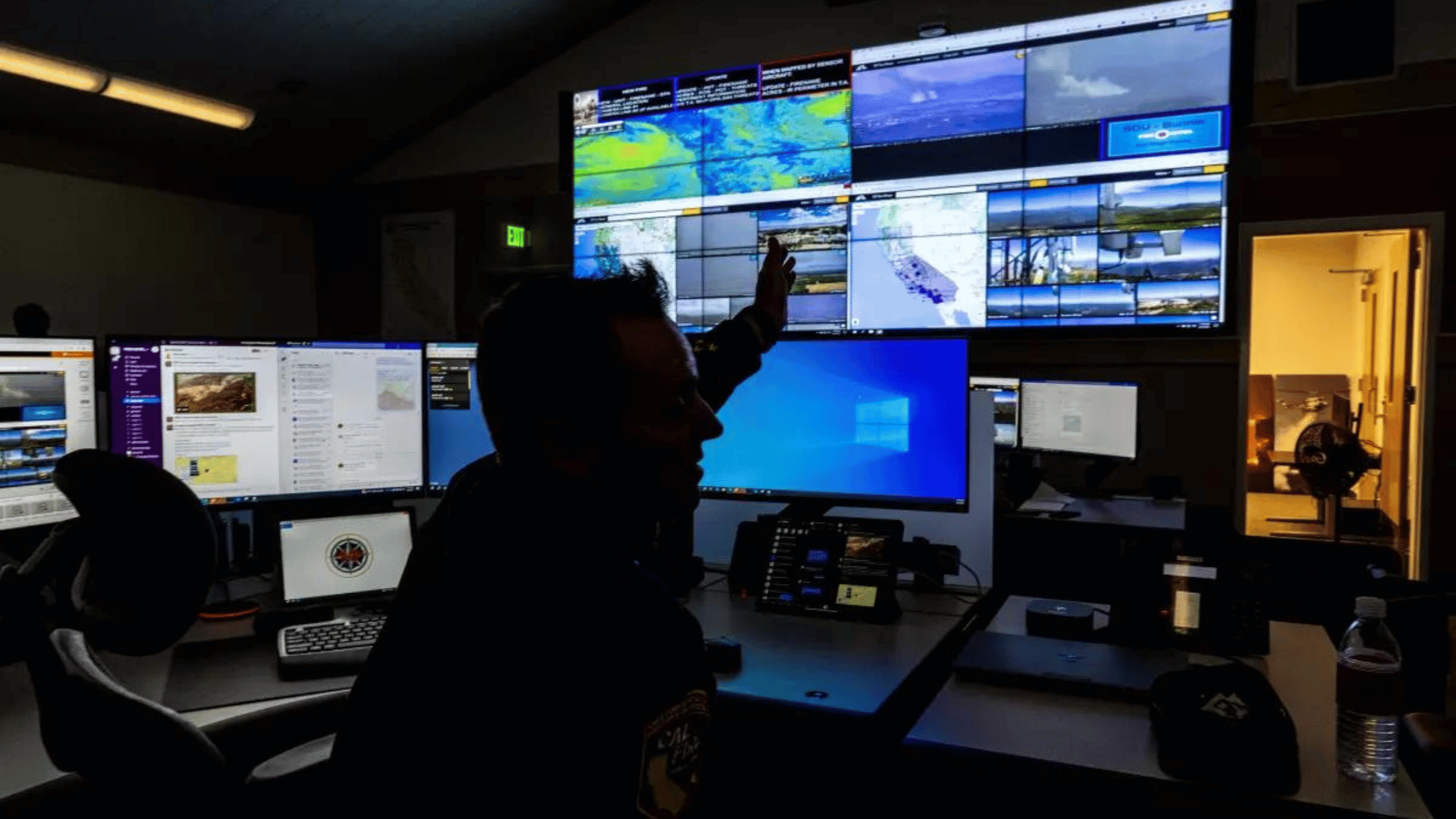With the inventions of AI programs like ChatGPT and AI image-generating software, it’s only logical to assume the technology will continue to become more prevalent and advanced in 2024. Here are some AI trends that experts predict we will see throughout the next year.

1) Advancing Sophistication
This year we’ve seen generative AI tools such as chatbots and image creators become increasingly more prevalent. More sophisticated tools such as generative video and music creators are already beginning to appear, and experts are predicting that they will become increasingly more powerful and user-friendly in the next year. They may begin to be integrated into productivity tools and creative platforms with new applications such as voice synthesizers and generative design tools.
2) Ethical Issues
AI ethicists will be increasingly in demand as businesses are pushed to adhere to ethical standards when it comes to the use of AI. This year has shown us some of the potentially dangerous factors to AI – a lack of transparency, bias, and the potential to replace human jobs. In 2024, experts predict there will be a continued focus on mitigating these problems and administering appropriate safeguards against them.
This will also be relevant when it comes to building generative AI functions into software and applications, which has been done by several different companies including Google, Bing, Office, Snapchat, Expedia, and Coursea. Issues such as uncertainty over data protection and customer privacy issues may have held off some service providers this year, but AI providers are working to resolve these issues to meet market requirements. For example, Adobe’s integration of generative AI into its Firefly design tools was trained on proprietary data to alleviate fear surrounding copyright and ownership.

3) Generative Workplace
Experts predict that we will begin to see AI used in different industries to fulfill some of the more routine and repetitive tasks involved with certain roles. In the customer service industry, for example, we will see more automation of some of the more mundane customer service tasks in order to free up human time for the more complicated and critical tasks. AI can be used to generate personalized solutions to common problems, triage initial contact calls, and generate reports/summaries for customer interactions. A Boston Consulting Group found that 95 percent of customer service leaders expect their customers will be served by AI bots within the next three years.
In the legal industry, AI can help you quickly summarize relevant case law or speed up the process of drafting contracts. In the medical industry, doctors can use AI to assist them with tasks such as writing patient notes or medical images. Coders can use the technology to debug their output or speed up the process of writing software. Students can even use it to assist with research or organizing notes. Additionally, businesses can leverage AI to hire developers on-demand, facilitating the rapid scaling of their development teams to meet project demands.

4) Job Opportunities
With the continued advancement of low-code or no-code tools, generative AI is allowing people to create and test applications in a matter of minutes. This will not mean a decrease in software, coding, engineering, and technician jobs as there will be increased opportunities to create AI tools. This will, however, mean there will be new opportunities to work within the AI industry without being a computer scientist or technical genius. For example, experts predict there will be an increase in roles such as “prompt engineers” or people who create the instructions to tell AI applications what to do. There will also be a growing need for AI managers (who oversee teams of virtual workers), trainers, ethicists, and project managers.







